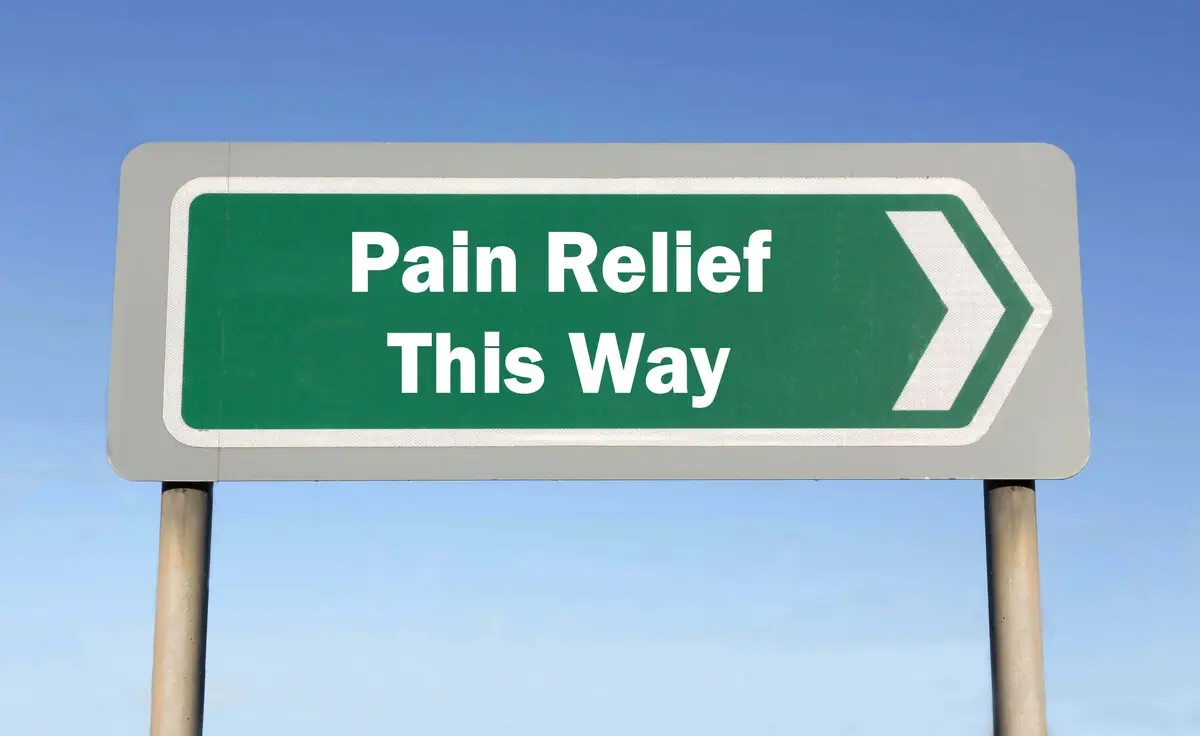The misuse of prescription medications is a long-standing concern globally, affecting a significant portion of the population across various age groups. Recent statistics in the USA show that more than 20% of people aged 12 and older have used prescription medicine for non-medical reasons, and 16.3 million people are classed as misusing prescription medication each year.[1]
This is not limited to adults – the use of drugs like Vicodin, OxyContin, and Percocet has seen an increase among 12th graders, with 1.7% reporting usage in the past year[2], and experts estimate that over 18 million people aged 12 and older have used prescription drugs non-medically in the previous year, accounting for more than 6% of the U.S. population.
The prescription opioid crisis may no longer make the headlines, and overdoses might be falling slightly, but its legacy remains; the USA still saw 105,452 fatal overdoses in 2022.[3]
By understanding this trend, the types of medications most commonly misused, and the fine line between legitimate use and the path to prescription medication dependency and addiction, we can provide insights and awareness about the potential risks and work towards countering this ongoing public health challenge.
Resources:
[1] https://drugabusestatistics.org/prescription-drug-abuse-statistics/
[2] https://nida.nih.gov/news-events/news-releases/2022/12/most-reported-substance-use-among-adolescents-held-steady-in-2022
[3] https://blogs.cdc.gov/nchs/2023/05/18/7365/
The Rise of Prescription Medication
While the opioid epidemic drew much of the media’s attention, the issue extends to other classes of medications, such as gabapentinoids and benzodiazepines. Despite a notable decline in the number of pain medications prescribed due to heightened awareness and regulatory measures, the misuse of prescription drugs is still a huge issue.
This decline in prescriptions – partly a response to government regulations aimed at curbing the opioid crisis – has unintended consequences. For some patients, reduced access to legitimately prescribed pain medications can lead them to seek alternatives outside the legal supply chain. This shift potentially exposes them to greater risks, including the use of unregulated or illicit substances.
The increase in prescription rates over the years can be attributed to various factors, including easier access to prescription drugs and significant pharmaceutical influences that shaped prescribing behaviors. However, there’s a growing concern that the rapid shift towards reducing prescriptions might be leaving some patients without adequate pain management, inadvertently pushing them towards riskier alternatives. This is especially pertinent with the advent of fake pharmaceutical tablets, designed to look like genuine products but instead containing fentanyl.
This complex situation highlights the need for a balanced approach to prescribing practices. While it is essential to prevent misuse and over-prescribing, it is equally important to ensure that patients with legitimate needs for these medications are provided with safe and effective treatment options. It calls for a comprehensive strategy that includes patient education, careful monitoring, and a focus on holistic, long-term treatment plans over quick pharmacological solutions.

What Factors Contribute to Overprescribing
The propensity of some doctors to over-prescribe medication rather than refer patients to specialists is influenced by a variety of factors. Time-strapped healthcare services and long waiting lists often lead towards looking for quick solutions, with prescription drugs offering an instant solution rather than the potentially lengthy process of specialist referrals. Additionally, patient expectations and demands, fueled by a society accustomed to quick fixes, can pressure doctors to prescribe medications as a first-line treatment.
Insurance and healthcare shortage issues also play a critical role. Limited coverage for specialist care or alternative treatments often leaves prescription medication as the most accessible and financially feasible option. This situation is further compounded by a lack of resources or access to non-pharmacological treatments, such as physical therapy or counseling, in some areas.
Also, pharmaceutical companies exert significant influence on prescription practices. The impact of aggressive marketing tactics at the expense of patient health and incentives for doctors to prescribe certain medications has been immense.
A notable example is the Sackler family’s Purdue Pharma Settlement[4], where the company’s aggressive marketing of OxyContin was revealed to have played a significant role in fueling the opioid crisis. This has been extensively covered in podcasts, news articles, and series such as Dopesick.
Resources:
[4] https://www.ncbi.nlm.nih.gov/pmc/articles/PMC9339402/
Who Is Most at Risk of Prescription Drug Addiction?
The risk of prescription drug addiction varies across different groups and is influenced by a range of demographic and psychological factors. One prominent group at risk includes chronic pain patients who are often prescribed opioids for pain management. The prolonged use of such potent medications can lead to dependency and addiction, irrespective of their legitimate medical use.
Youth and young adults, particularly those in high school and college, are also vulnerable. Their increased exposure to stimulants like ADHD medications, commonly misused for enhancing academic performance or recreational purposes, puts them at a higher risk. Similarly, people with a history of substance misuse or mental health conditions, such as anxiety or depression, may misuse prescription drugs as a form of self-medication, further escalating the risk of addiction.[5]
The elderly population, frequently dealing with multiple health conditions and thus prescribed a variety of medications, faces a heightened risk due to factors like polypharmacy, isolation, and chronic pain.[6] They are also much more likely to be prescribed tranquilizers such as benzos, zolpidiem, or zoplicone long-term for stress, anxiety, or grief. One study found that 8.7% of people aged 65-80 were prescribed benzos compared to just 2.6% of people aged 18-35. They were also twice as likely to be prescribed them for long-term use compared to the younger group.[7]
Additionally, people with limited access to comprehensive healthcare might rely excessively on medications and lack the support of counseling or alternative treatments. Finally, patients experiencing post-surgical pain are commonly prescribed opioids, and without careful monitoring, this can lead to prolonged use and potential addiction. These varied groups highlight the need for vigilant prescription practices and comprehensive care strategies to mitigate the risk of prescription drug addiction.
Resources:
[5] https://www.webmd.com/mental-health/addiction/prescription-drug-addiction-risk
[6] https://nida.nih.gov/publications/drugfacts/substance-use-in-older-adults-drugfacts
[7] https://www.nih.gov/news-events/nih-research-matters/benzodiazepine-often-used-older-people-despite-risks

Understanding Prescription Drug Dependency: Key Signs and Self-Reflection
The journey into prescription drug dependency is often subtle and can be difficult to recognize, especially when medication is initially prescribed for legitimate medical reasons. Understanding the signs of dependency is critical in understanding when controlled medication use may be turning into a harmful pattern. Some questions that could indicate a prescription medication dependency include:
- Do you find yourself obsessing over your next dose or constantly thinking about your medication?
- Have you taken more than you’ve been prescribed in frequency or quantity?
- Do you experience uncomfortable physical or psychological symptoms when the medication wears off?
- Has your medication use led to neglect of personal, professional, or academic responsibilities?
- Are you isolating yourself or avoiding social interactions to use your medication?
- Have you been visiting multiple doctors to obtain more prescriptions?
- Are you using the medication for reasons other than its prescribed purpose, such as for relaxation or to achieve a high?
- Are you continuing to use the medication despite experiencing adverse health, social, or legal consequences?
- Have you noticed a need to increase the amount of the medication to achieve the same effect?
- Have you tried to reduce or stop using your medication but found yourself unable to do so?
Take Control: Seek Help for Prescription Drug Dependency
If you recognize signs of dependency in yourself or a loved one, it’s vital to seek professional help. Early intervention is key to preventing further escalation and ensuring effective treatment. At Crossroads Antigua, we understand the nuances of prescription medication dependency and offer a comprehensive treatment program for those struggling.
Our holistic approach encompasses medical and therapeutic strategies to address the root causes and symptoms of dependency, and we provide a supportive environment where you can safely begin your recovery journey from addiction to prescription medications.
Acknowledging the issue is the first step, and the journey starts with a simple phone call. Contact us today at 1 (888) 452-0091.

